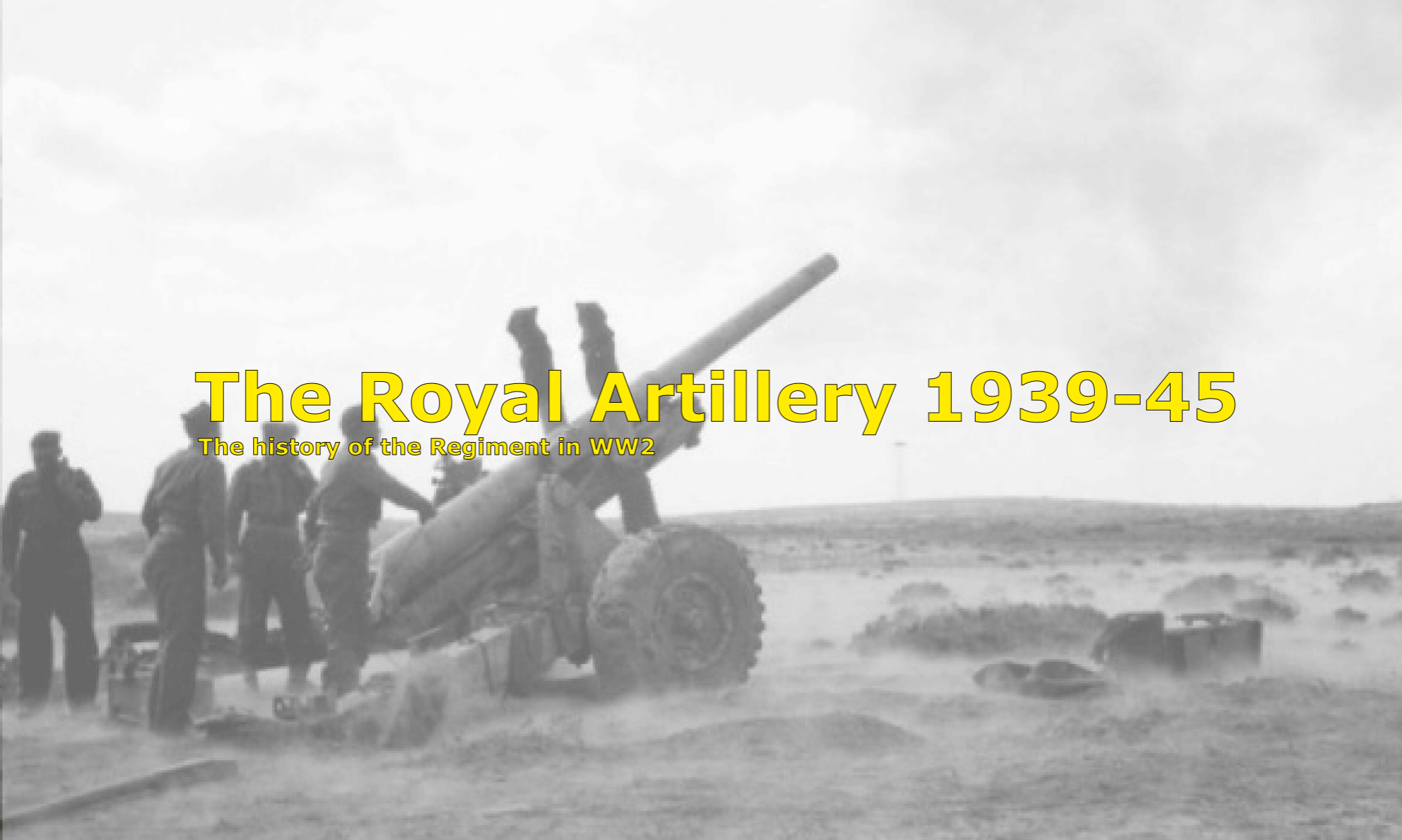
The 240mm Howitzer M1 was an American designed and manufactured weapon. It was based off of the M1918 240mm Howitzer, which saw very limited front line service in WW1 due to it being introduced close to wars end.
After issues with the original carriage were rectified – as well as a completion of a development phase for alternate transportation ideas – the 240mm Howitzer was placed onto the M1 Carriage, which was a split trail design. It was initially provided with a four-wheeled Carriage Transport Wagon on to which it could be lifted or winched when required to move; the barrel was also carried on a similar transport wagon. These early designs were later replaced by six-wheeled versions. Towing of these carriages was undertaken by the Tractor High-Speed (38-ton) M6 or various redundant tanks fitted with towing gear, if no tractors were available. This new design was finally approved and standardised in May 1943, although production had already started ahead of the acceptance.
Whenever possible, the gun was to be accompanied by a 20-ton Loraine Crane M2. This crane used a clamshell bucket to dig the pits needed for the recoil spades at the rear of the carriage and also assisted in digging the pit underneath the breech, which allowed the gun to recoil into at high elevations. The same crane also lifted the carriage and gun into place. Using the crane, the gun could be brought into action in about 2 hours. Without a crane, the various pits had to be hand dug and the equipment emplaced using winches on M6 Tractors. The carriage would have to be dragged from its wagon and across the pits. The trail legs were then partly opened to form a ramp, up which the gun transport wagon was winched and chained in place. The barrel could now be winched off the wagon and into the cradle. The gun wagon was then removed and the trail legs were fully opened. Emplacing the gun in this way could take up to 8 hours.
The 240mm Howitzer M1 was a massive improvement on the M1918 Howitzer, with a vastly improved range and mobility. It was an excellent weapon that saw extensive use with the Royal Artillery Super Heavy Regiments, especially in Italy. It served on after the war with both Britain and the USA into the late 1950’s and was only retired when stocks of ammunition built up during the war had run out.
Data
The following values have been converted into metric measurements from the original sources, which used imperial measurements, unless otherwise stated.
Howitzer M1 on Carriage M1
| Calibre | 240mm (9.4in) |
| Weight of Gun & Breech Mechanism | 11.4tons |
| Weight in Action | 29.3tons |
| Total Length | 8.4m |
| Rifling | 68 grooves, uniform right hand 1/25 |
| Breech mechanism | Interrupted screw, drop block, percussion fired |
| Elevation | +15° to +65° |
| Traverse | 22½° |
| Recoil System | Hydro-pneumatic, constant, 56in |
Performance
These values are based upon the weapon firing a standard 163kg HE Shell (reference Ammunition).
The 240mm Howitzer M1 used a four-unit charge, consisting of a base section with three increments, to fire the weapon and propel the shell. In total, the base and three charges weighed approximately 35.7kg. Using a different number of charges gave the weapon varied performance.
| Muzzle Velocity | 457 to 701 metres/second |
| Range | 13.9km to 23km |
Ammunition
Shell, HE, M114
This shell was a streamlined shell with a tapered nose. Later variants of the shell contained the ‘Universal Cavity’, which allowed them to be fitted with proximity fuses.
| Total Weight | 163.3kg |
| Weight of TNT | 24.5kg |
| Fuse Types | PD M51 / MT M67 / Proximity Fuse T76E6 |
Page last updated 07/11/25.
